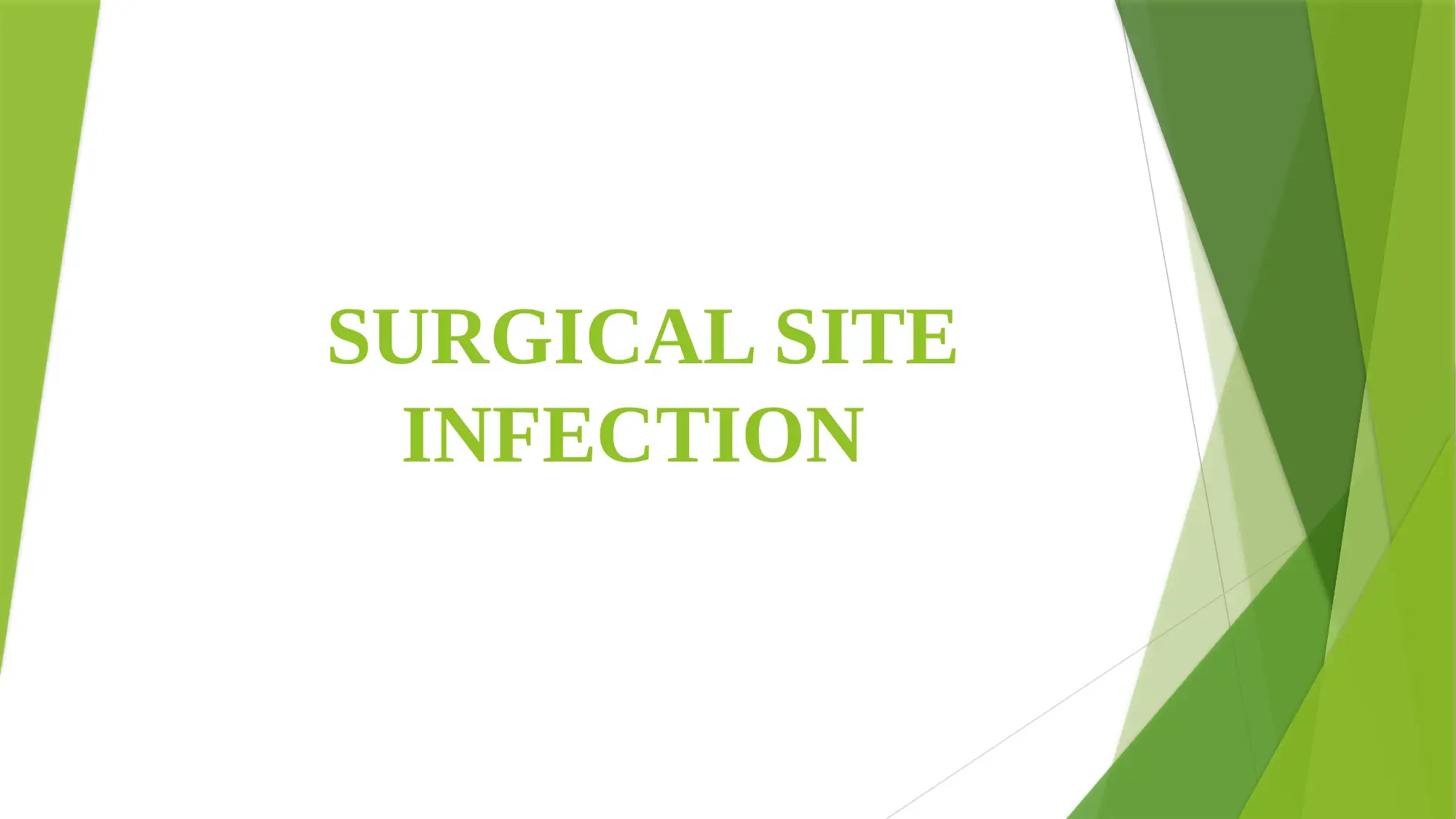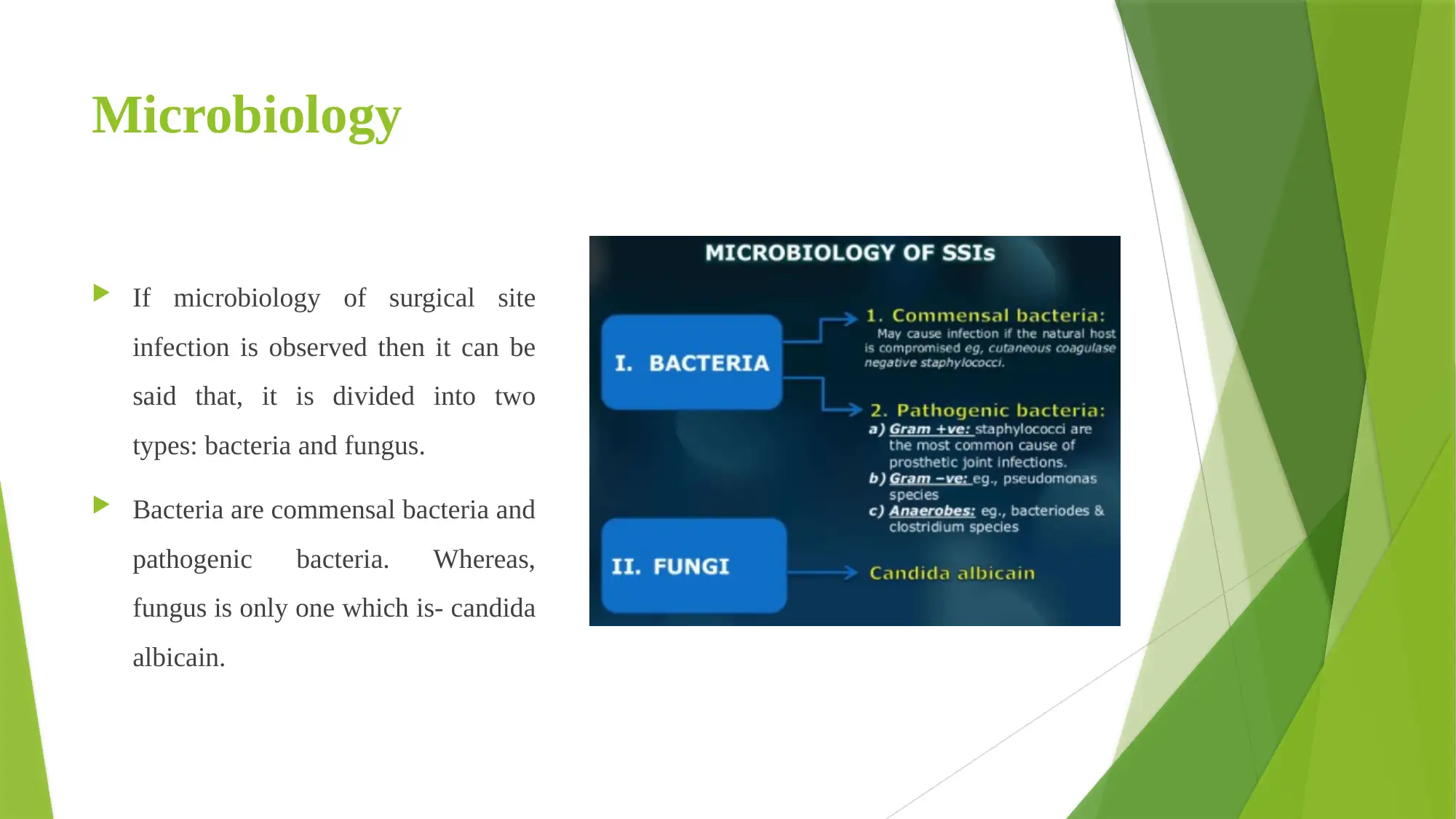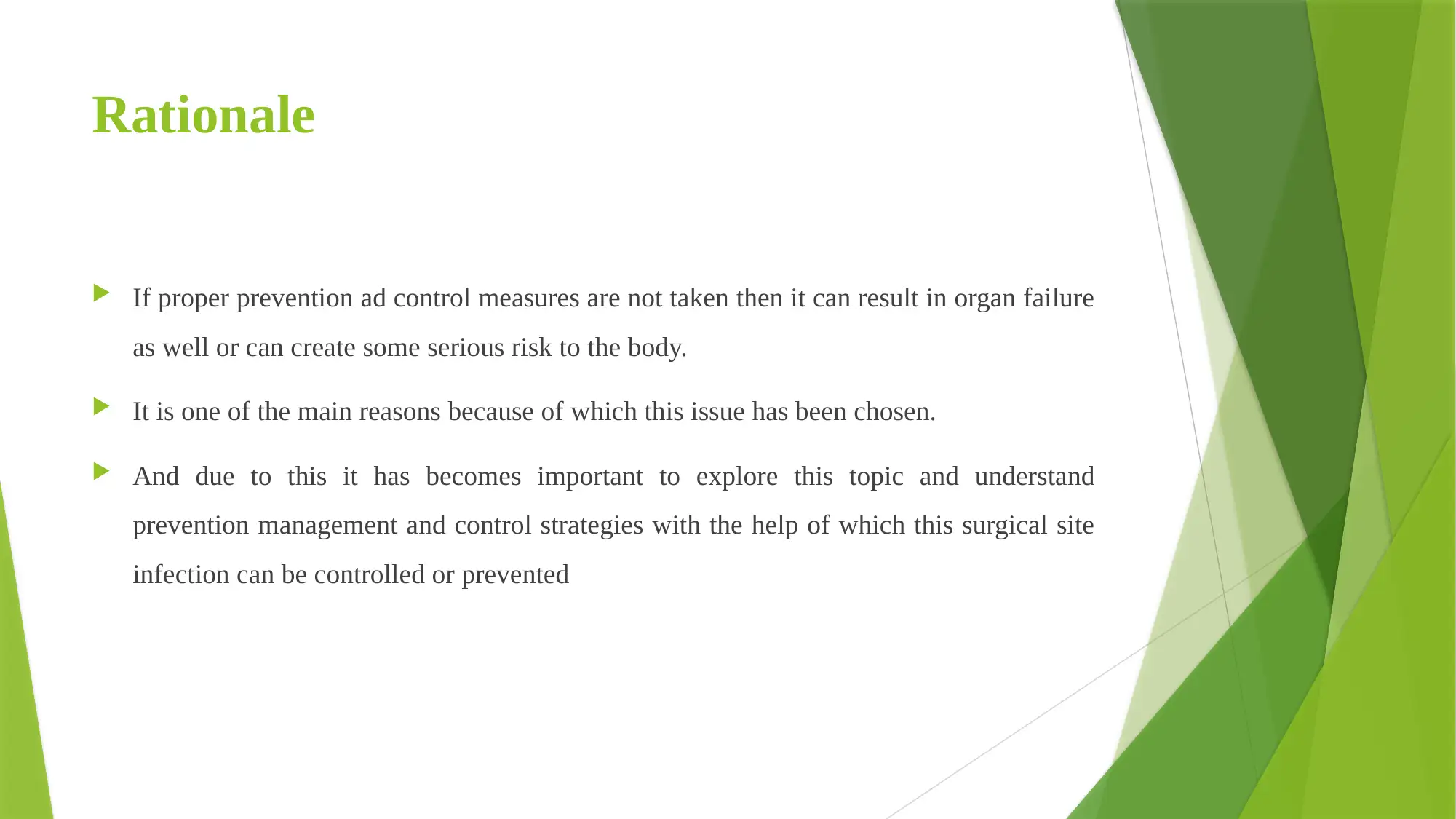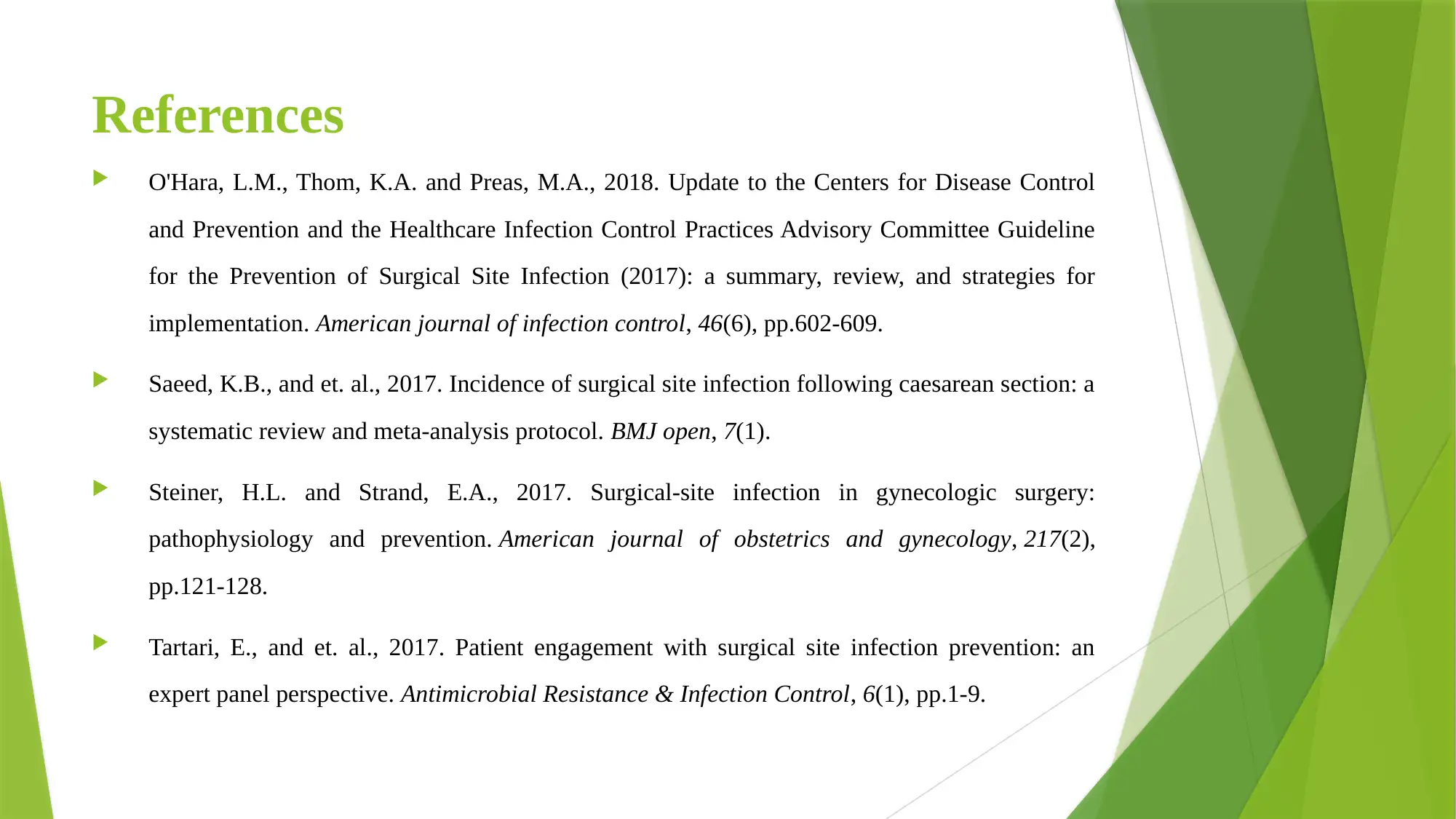Surgical Site Infection: Microbiology, Epidemiology, and Management
VerifiedAdded on 2022/11/28
|6
|483
|75
Report
AI Summary
This report provides a comprehensive overview of surgical site infections (SSIs), beginning with an introduction to their prevalence and significance. It delves into the microbiology of SSIs, differentiating between bacterial and fungal causes, and explores the epidemiology of these infections, including infection rates and associated risk factors. The rationale for studying and preventing SSIs is emphasized, highlighting the potential for severe complications and the importance of effective control measures. The report covers the latest research and prevention strategies. References to relevant studies are included to support the information presented. This report is valuable for healthcare students and professionals seeking to understand and mitigate the risks associated with surgical site infections.
1 out of 6













![[object Object]](/_next/static/media/star-bottom.7253800d.svg)